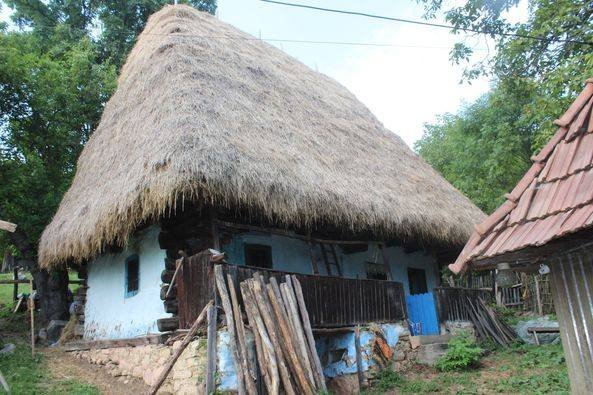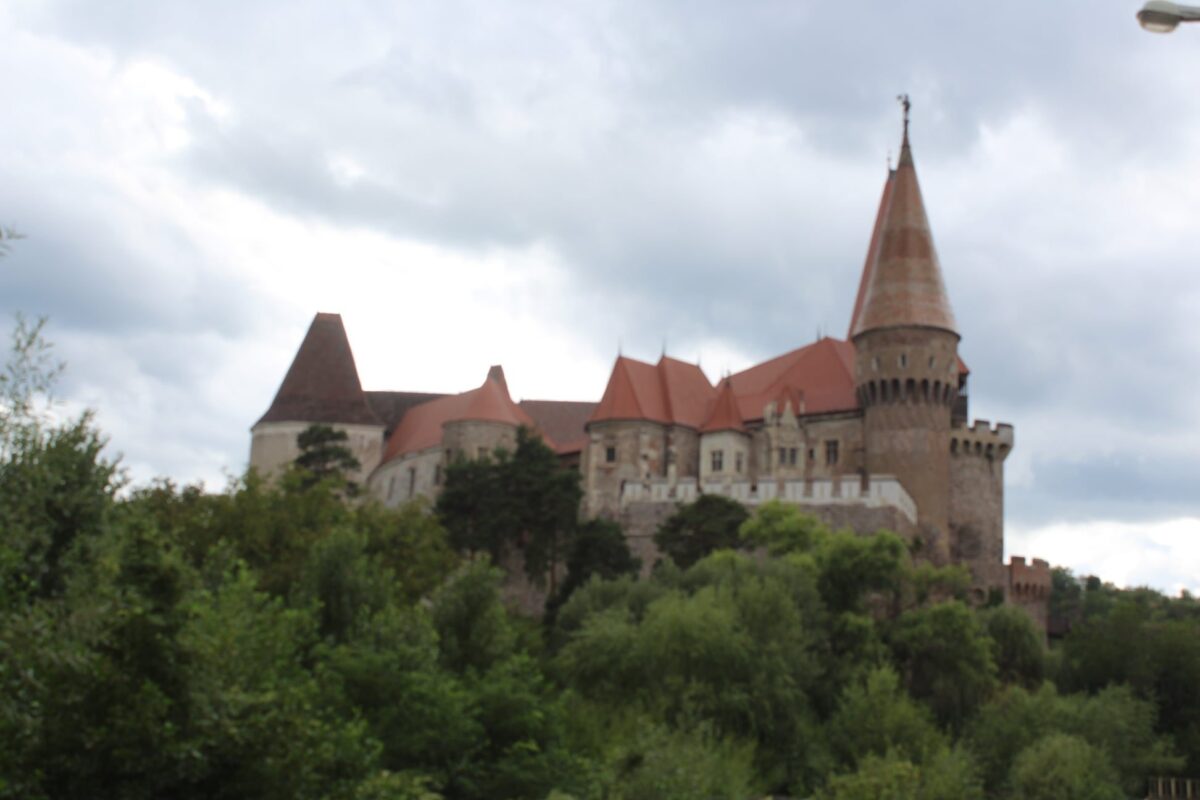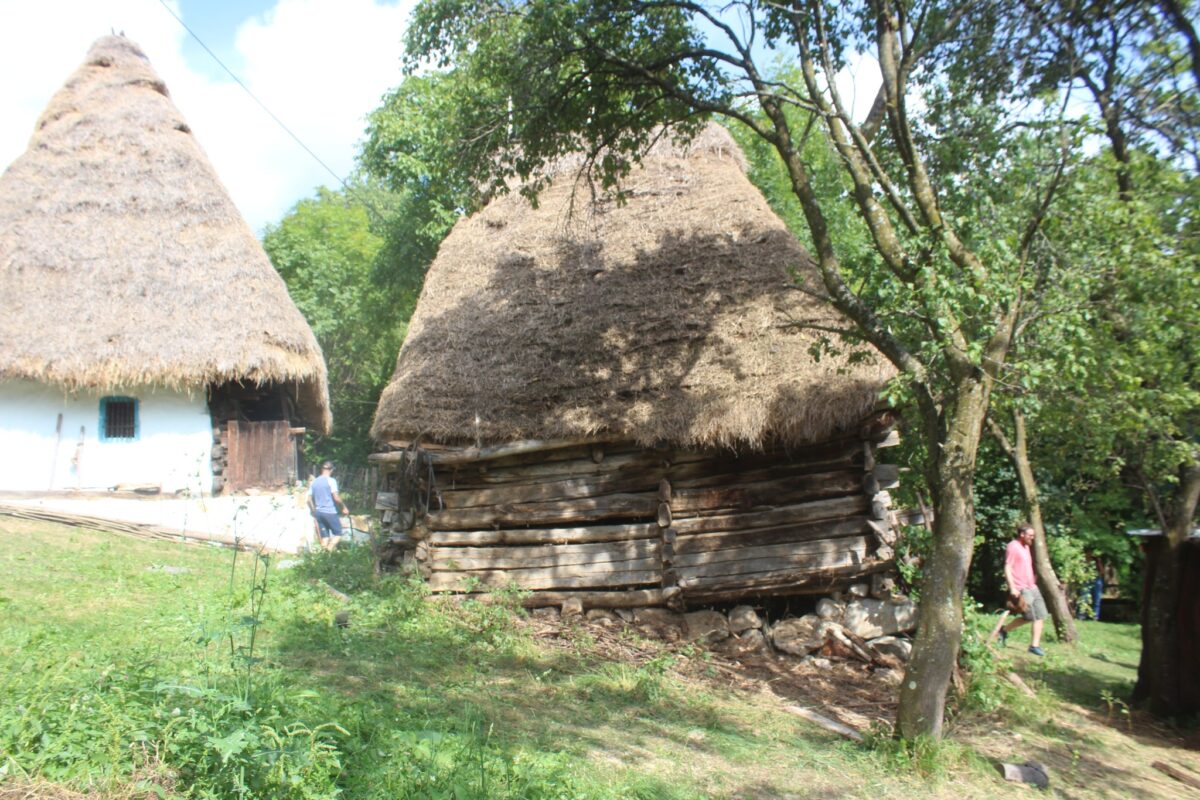| Status: | Available |
| Dates: | 10th August 2024 to 30th August 2024 |
| Duration: | 3 Weeks |
| UK Participants: | 6 |
| Location: | Romania – Archaeological Skills |
| Monica Oprean Aleea Infanteristilor Nr.1/23, Sibiu 550362, RomaniaHost website |
The placement will take place in Rîmet, Transylvania, Alba county.The commune of Rîmeț is located in the south- east of the Trascău Mountains, in Alba county, about 100 km away from Cluj Napoca, Transylvania’s major city. The altitude of the commune ranges between 450- 1250 metres, from hilly slopes to steep cliffs and mountain meadows. The main occupation is animal rearing (cattle).
The commune of Rîmeț is characterized by a unique building feature that is its wooden log built houses, field barns and stores with thatched roofs. This feature is found in other mountainous areas of the Apuseni Mountains but in the commune of Rîmeț it is kept alive because the buildings are still in use and some skills for repairing remain. The houses, barns, stables, pigsties, pantries have a stone foundation and were all thatched in the past.
A common characteristic of the thatched houses here is the fact that the smoke from the stove goes into the loft at a predetermined height and is allowed to fill the void, giving the loft the role of a smoke room. The smoke preserves the roof timbers and thatch (long straw) on the inside, making it resistant to fungi and insect attack and waterproof. The materials used for thatching were spring long straw, branches of birch (Betula pendula) and juniper (Juniperus communis); the birch is for stabilization and the juniper to repel mice (the scent being unpleasant to them). Materials are local, sustainable and low cost – the original reason for selection was that these materials were to be found in every household. The thatched buildings are scattered all around the landscape, some of them are still in good condition, some need repair. Most thatched houses are still lived in but the inhabitants are old and usually retired.
These buildings are disappearing fast from the landscape. There is no support to help the owners repair & restore them. The straw that was used in the past is no longer available, so once the roof is gone, the whole building is endangered and it’s a matter of time till it disintegrates.
Background
“Satul verde” Association and Grampus Heritage & Training have been working with the commune of Rîmeț in various projects to help them sustainably capitalize on the natural & cultural assets. One of these projects was VAST VIEW- the work within this project focused around building of a traditional house with a thatched straw roof. This building hosts the local ethnographic museum nowadays and it is to be found in the hamlet of Bradesti, part of the Rîmeț commune.
We do various work in Rimet and it is all aimed at preserving & rescuing some of the thatched buildings. We organise workshops where people get the chance to learn thatching, in an attempt to pass on this endangered skill.
What the students will do:
– survey, measure, photograph, sketch thatched houses, barns, stables;
– look for particular signs & peculiarities of each building;
– create a map with GPS coordinates of the recorded buildings;
– record owners (where possible) – with the help of a guide;
– create a booklet with the most representative buildings;
The work involves walking & working in stupendous landscape. The first small scale building survey in the area took place in 2015. After a few years’ break, it started again in 2022, with the assistance of a group of students from Glasgow University. The 2024 group will continue the survey from 2022 and 2023.
Accommodation will be in a thatched house/barn in one of the farms we have been surveyed. This is an amazing opportunity to experience living in such unique vernacular buildings, in the heart of the Apuseni Mountains.
Meals provided by host. Breakfast at accommodation, packed lunch in the field, cooked dinner by local lady at accommodation.
Airport collection/transfer: organised by host.



GHIC: Students must apply for a Global Health Insurance Card before the placement, and carry it on them at all times
Flights: from London Luton or Manchester
Funding: The Turing grant will cover accommodation, food (3 meals a day), return, flights, insurance, transport to site and supervision. Participants will have to make sure they have their EHI or GHI card and budget for personal purchases and excursions.
This project has been funded with support from the Turing scheme, funded by the UK government.
This publication [communication] reflects the views only of the author, and Turing cannot be held responsible for any use which may be made of the information contained therein.

